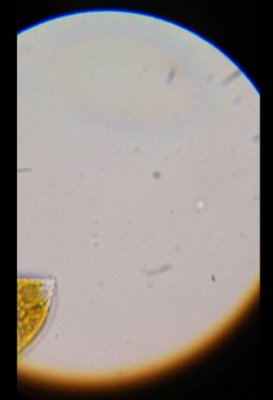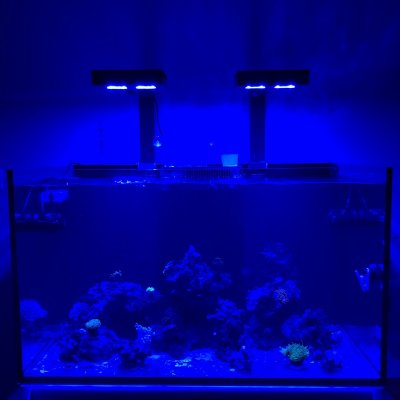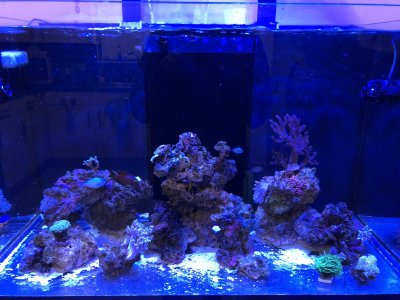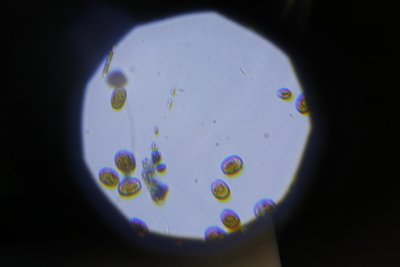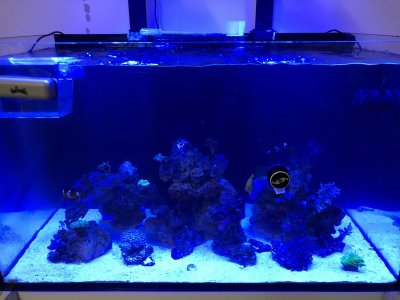- Joined
- May 13, 2019
- Messages
- 96
- Reaction score
- 43
First off, I recommend using brightwell spongexcel because it has detailed dosing guide, until you know how your system uses Silica. Then you can freestyle with more potent solutions.
To answer your Q...
I don't know what percent your super-concentrated Si source is. Nor what 100% Si could mean because I don't think pure silica would be a bottled liquid. Anyway.
Do a 2.0 part per million dilution of whatever is in the bottle.
1.00mL of the bottle into 1000mL distilled water and stir (1 part per thousand)
get new syringe and do 2.00mL of the 1 part per thousand and add it to 1000mL distilled water (2 ppm of whatever is in the bottle).
Then test it with the hanna Low Range Silica meter It'll read up to 2.00ppm SiO2. If the bottle was somehow pure SiO2, you'd read at the max of the meter, 2.00. If it's 50% SiO2 you'll read 1.00ppm if it's 10%, you'd read 0.20ppm etc.
Thanks for this. I got 1ppm using the above method using a salifert kit. So the sodium silicate I have is pretty close to what I had estimated (40%).



